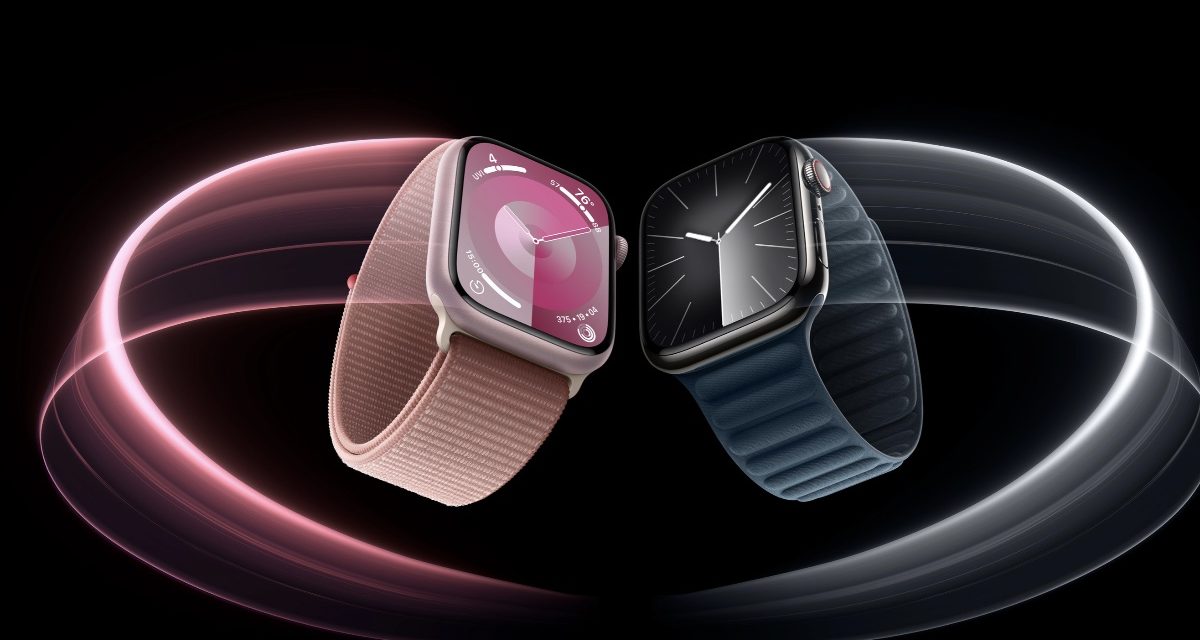After nearly a decade of development, the Apple Watch is being leveraged on an entirely new health frontier: Parkinson’s disease, according to StatNews.
The article notes that while there’s no cure for Parkinson’s and treatment options can be daunting, people with the disease can now turn to technology spawned by the Apple Watch to take an active role in their care much as continuous glucose monitors have helped people manage diabetes better.
Over the past year, the Food and Drug Administration has cleared three Apple Watch apps from independent developers to track symptoms associated with Parkinson’s that can help inform treatment decisions for people and their doctors.
What’s more, in June 2022, San Francisco-based startup Rune Labs on said it received clearance from the U.S. Food and Drug Administration to use the Apple Watch to monitor tremors and other common symptoms in patients with Parkinson’s disease.
The Rune Labs software uses motion sensors built into Apple’s smartwatch, which can already be used to detect when a person falls. Rune Labs CEO Brian Pepin said in an interview with Reuters that the data will be combined with data from other sources, including a Medtronic Inc. implant that can measure brain signals.
Rune Labs specializes in brain-machine interfaces.The company says such systems will: be used to treat chronic diseases like Parkinson’s, epilepsy, and Alzheimer’s; restore mobility to the paralyzed and speed recovery from a stroke; and may even allow us to control our mood and enhance our cognition. Medtronic Inc. is a medial device company.
Parkinson’s disease (PD) is a chronic, progressive neurodegenerative disease that affects the nerve cells in the brain that produce dopamine (a neurotransmitter). There are an estimated 600,000 to one million cases of PD in the U.S., and 60,000 new cases are diagnosed each year.
Apple itself has looked into ways for the Apple Watch to help diagnose, even treat, Parkinson’s and other related illnesses. In 2019, the tech giant filed for a patent (number 20190366286) for “passive tracking of dyskinesia/tremor symptoms.”
Article provided with permission from AppleWorld.Today




